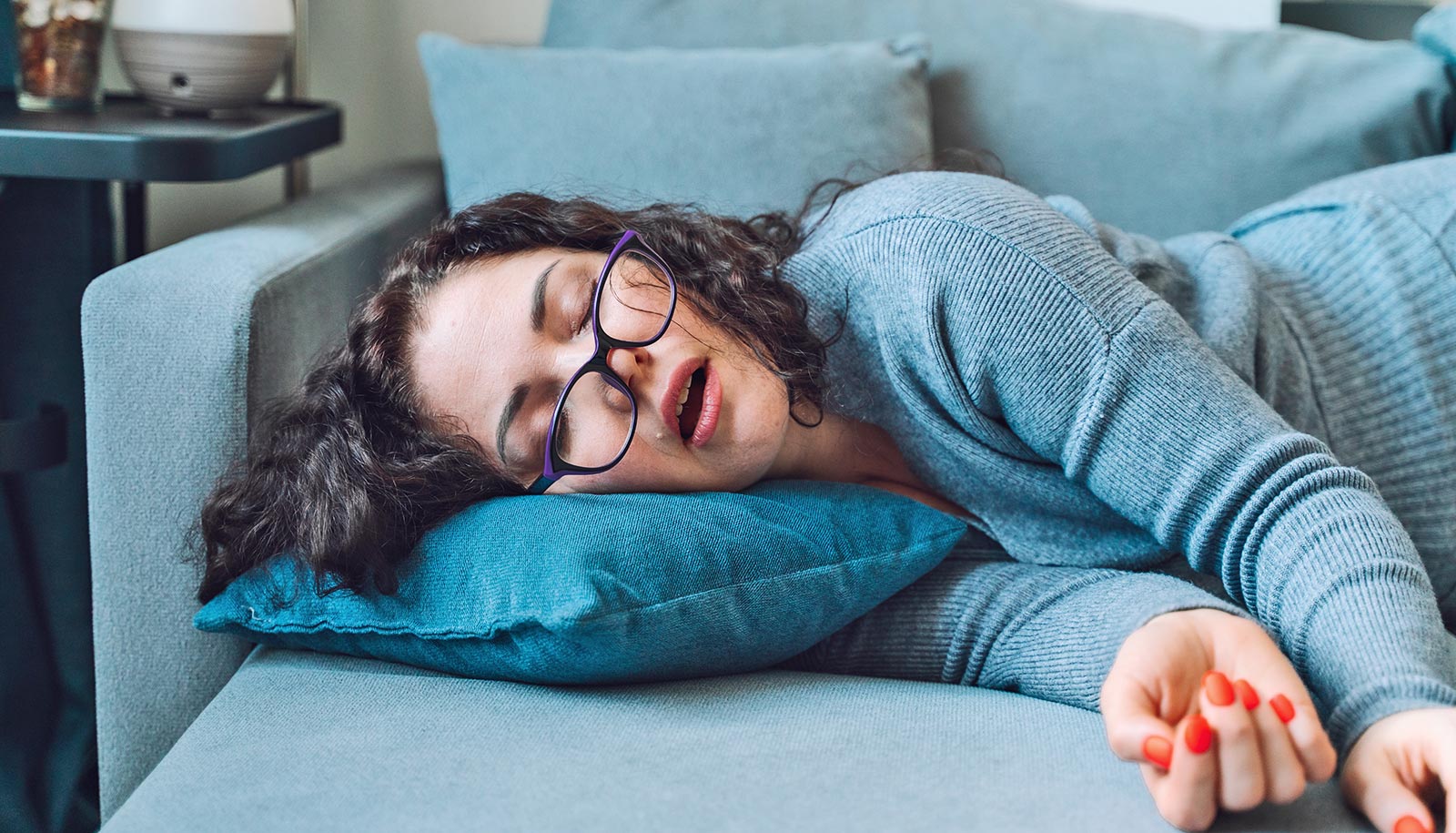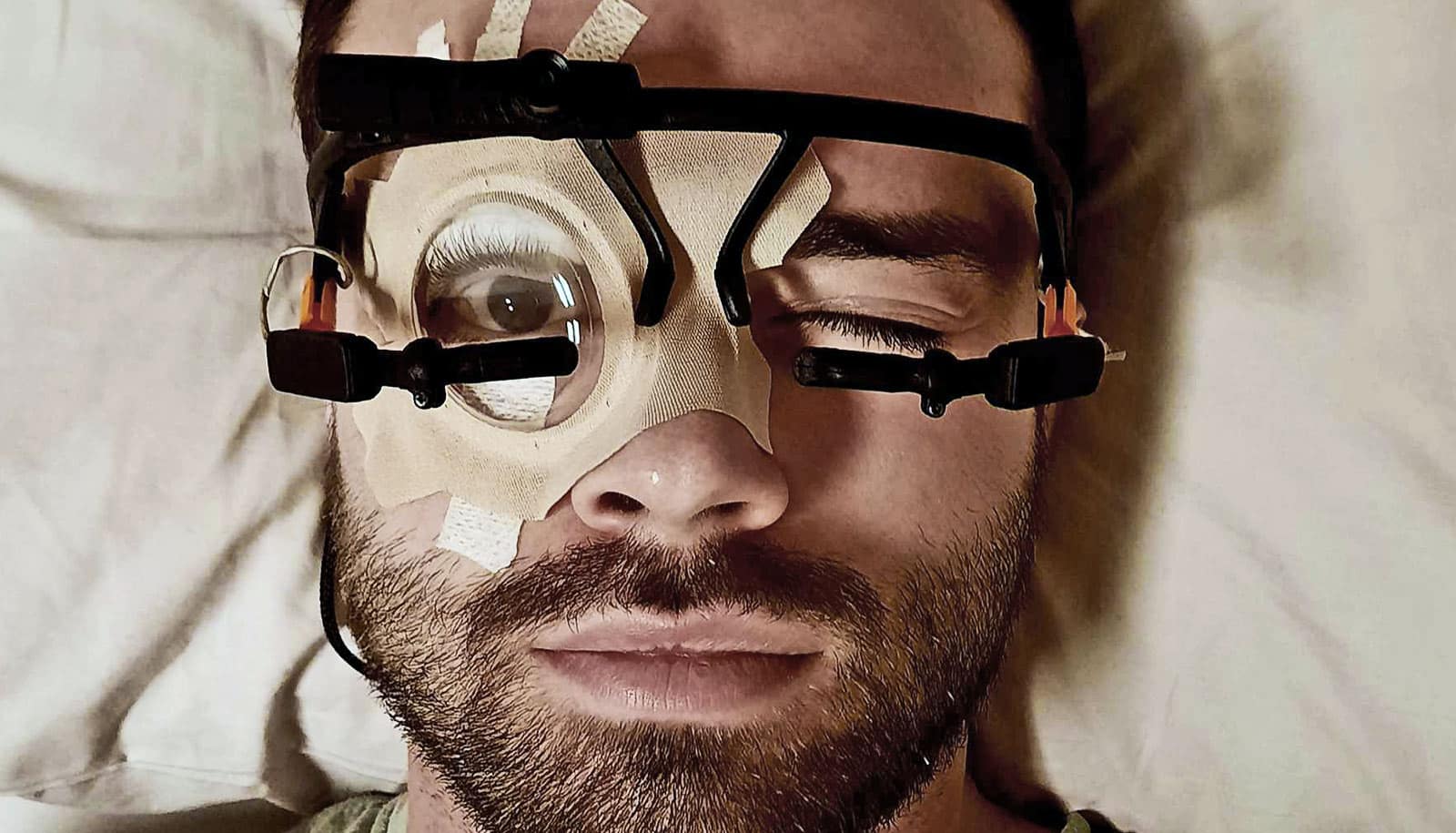Premature babies have a greater risk than full-term infants of dying of SIDS and other sleep-related infant deaths, research finds.
The finding comes despite recommendations from the American Academy of Pediatrics that hospital NICUs provide more safe infant sleep education to parents before they go home.
“While we can’t undo a preterm birth, we can help compensate for the accompanying elevated risk of sudden infant death syndrome and other sleep-related infant deaths by helping families adopt the beneficial practices that include putting an infant on his back to sleep and keeping the sleep environment clutter free,” says Barbara Ostfeld, professor of pediatrics at the Robert Wood Johnson Medical School at Rutgers University and program director of the SIDS Center of New Jersey.
A new study in Pediatrics shows that infants born between 24 to 27 weeks have a more than three times higher chance than babies born full term of dying before their first birthday of a sudden unexpected infant death, which includes SIDS (sudden infant death syndrome) and other sleep-related infant deaths.
The risk is high even when factors, including smoking and inadequate prenatal care, are taken out of the equation. While the level of risk decreases for premature infants born closer to full-term, they are still significantly higher.
When baby dies of SIDS, doctors should tell parents why
For the study, researchers analyzed United States infant birth and death certificates between 2012 and 2013 and found the risk of dying from SIDS and other sleep-related causes in the first year was highest for those born between 24 and 27 weeks. While 0.51 deaths were reported for every 1,000 births between 39 to 42 weeks, there were 2.68 deaths for every 1,000 births between 24 and 27 weeks.
Every year in the United States about 3,500 infants die of a sleep-related death, a significant decrease from 25 years ago when the American Academy of Pediatrics released its landmark guidelines that all babies should be placed on their back to sleep.
New recommendations came out again in 2011 and 2016 to address SIDS other sleep-related deaths—25 percent of which are caused from suffocation, entrapment, and asphyxia—which have increased. The AAP also recommended keeping infants in a consumer product safety commission approved crib, bassinet, or portable crib near the parent’s bed.
“It’s important that neonatal intensive care units assess how well they are complying with these guidelines and teaching about safe infant sleep practices,” Ostfeld says. “Pediatricians need to remind parents and grandparents at every office visit.”
Further, researchers need to develop more evidence-based interventions for increasing compliance with safe sleep practices, and also need to address potentially treatable intrinsic factors that elevate risk for the preterm infant. Besides unsafe sleep practices, other causes for infant mortality include smoking, poor prenatal care, and poverty.
“Prematurity is a challenge,” says coauthor Thomas Hegyi, professor of pediatrics at Robert Wood Johnson and medical director of the SIDS Center of New Jersey. “What we need to do is make sure parents and families understand what they can to do when they leave the hospital to keep their baby safe.”
Source: Rutgers University



